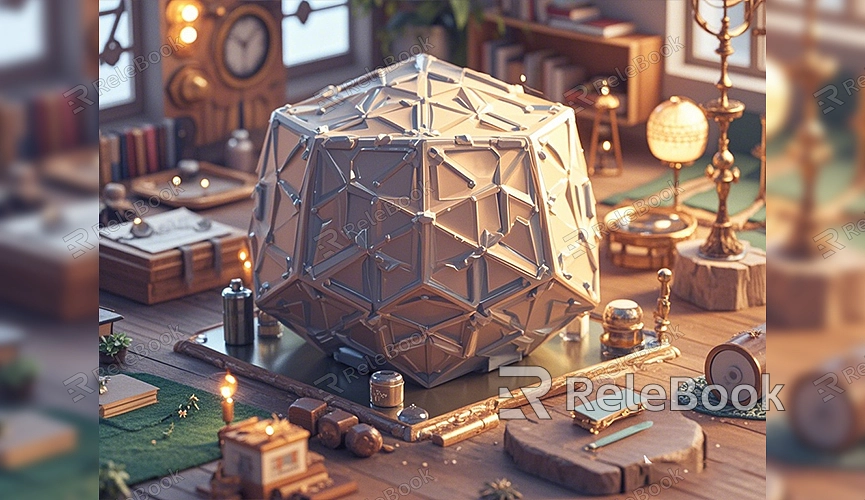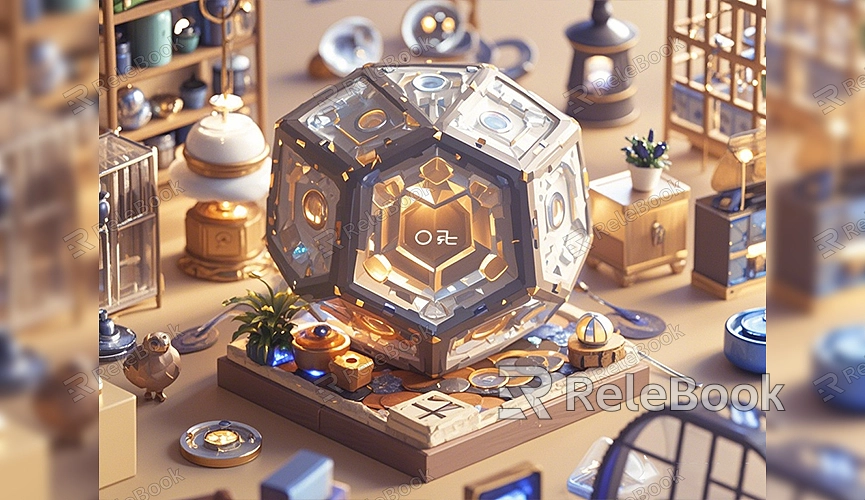How to Save an Animation Render in Blender
Creating animations in Blender is an exciting journey, from building scenes and refining characters to the final rendering of the animation. However, once you've completed your animation, knowing how to correctly save the rendered results is crucial. This article will guide you through the process of saving animation renders in Blender and share some practical tips to help you complete your work smoothly.
Basic Render Settings
Before starting your render, ensure you’ve configured the correct settings for your animation. First, navigate to the "Output Properties" panel in Blender, where you can select the output file location, format, and other important parameters.

1. Output File Location
Choosing a convenient folder to store your files is the first step. In the "Output Properties" panel under the "Output" section, you'll see a file path field. Click the folder icon to select a location where you want to save your rendered results. Blender will store each frame of the animation in this specified folder.
2. Choosing the File Format
Blender offers various file formats for saving rendered results. If you want to save it as a single video file, such as MP4, selecting "FFmpeg video" format is a common choice. If you prefer saving as image files (like PNG or JPEG) frame by frame, you can set this up in the same panel. Saving as an image sequence ensures that if there’s an error during rendering, you can continue from the last frame without having to re-render the entire animation.
Considerations During the Rendering Process
Rendering animations in Blender, especially lengthy ones, can present various challenges. Knowing some optimization tips can save time and ensure a smooth rendering process.
1. Set the Correct Frame Range
In the "Output Properties" panel, you can specify the frame range for rendering. Make sure to set the starting and ending frames of your animation so that the rendering program knows where to begin and end. Incorrectly setting the frame range may lead to unnecessary frames being rendered, wasting time and resources.
2. Select the Rendering Engine
Blender has two main rendering engines: Eevee and Cycles. Eevee is a real-time rendering engine that is faster but may not deliver the same quality as Cycles. On the other hand, Cycles is a ray-tracing-based engine that produces more realistic images but requires longer rendering times. Choose the appropriate rendering engine based on your needs to effectively balance rendering time and quality.
Starting the Render
Once you’ve completed all the settings, it’s time to start rendering. In the top menu of Blender, click on the "Render" option and select "Render Animation." Blender will begin rendering frame by frame and save the results to the output folder you specified earlier.
During the rendering process, you can check the progress in Blender’s status bar. After each frame is completed, Blender will automatically save it to the designated file path. If you chose a video format, Blender will generate a complete video file after all frames are rendered.
Optimizing Render Time
If you find that rendering takes too long, here are several methods to optimize rendering speed:

1. Adjust Sample Count
For users employing the Cycles rendering engine, the sample count directly impacts rendering quality and time. Higher sample values produce clearer images but also increase rendering times. Consider lowering the sample count to enhance rendering speed as needed.
2. Enable GPU Rendering
If your computer is equipped with a high-performance GPU, enabling GPU rendering can significantly reduce rendering times. In Blender’s "Preferences" menu, you can select to use the GPU to accelerate the rendering process. Note that GPU rendering has higher hardware requirements, so ensure your setup supports this feature.
3. Rendering Resolution
In the Output Properties panel, you can also adjust the resolution of the animation. If ultra-high resolution isn’t necessary, lowering the resolution can reduce rendering times while ensuring the animation appears clear on most devices.
Using High-Quality Resources to Enhance Render Effects
The quality of resources plays a crucial role in the final effect of your animation render. High-quality textures, models, and HDRI images can significantly enhance the visual quality of your animation. If you need a variety of high-quality 3D textures and HDRIs while creating models and virtual scenes, you can download them for free from [Relebook](https://textures.relebook.com). For exquisite 3D models, visit [Relebook](https://3dmodels.relebook.com), which offers a wide array of quality 3D resources.
Saving animation renders in Blender isn’t complicated, but every step needs careful attention to ensure the final result meets your expectations. By correctly setting the output path, choosing the appropriate file format and frame range, you can easily save your rendered results. Additionally, adjusting rendering parameters, utilizing GPU rendering, and optimizing resources can greatly enhance rendering efficiency. With high-quality 3D resources, the rendered animation will look more realistic and professional.

